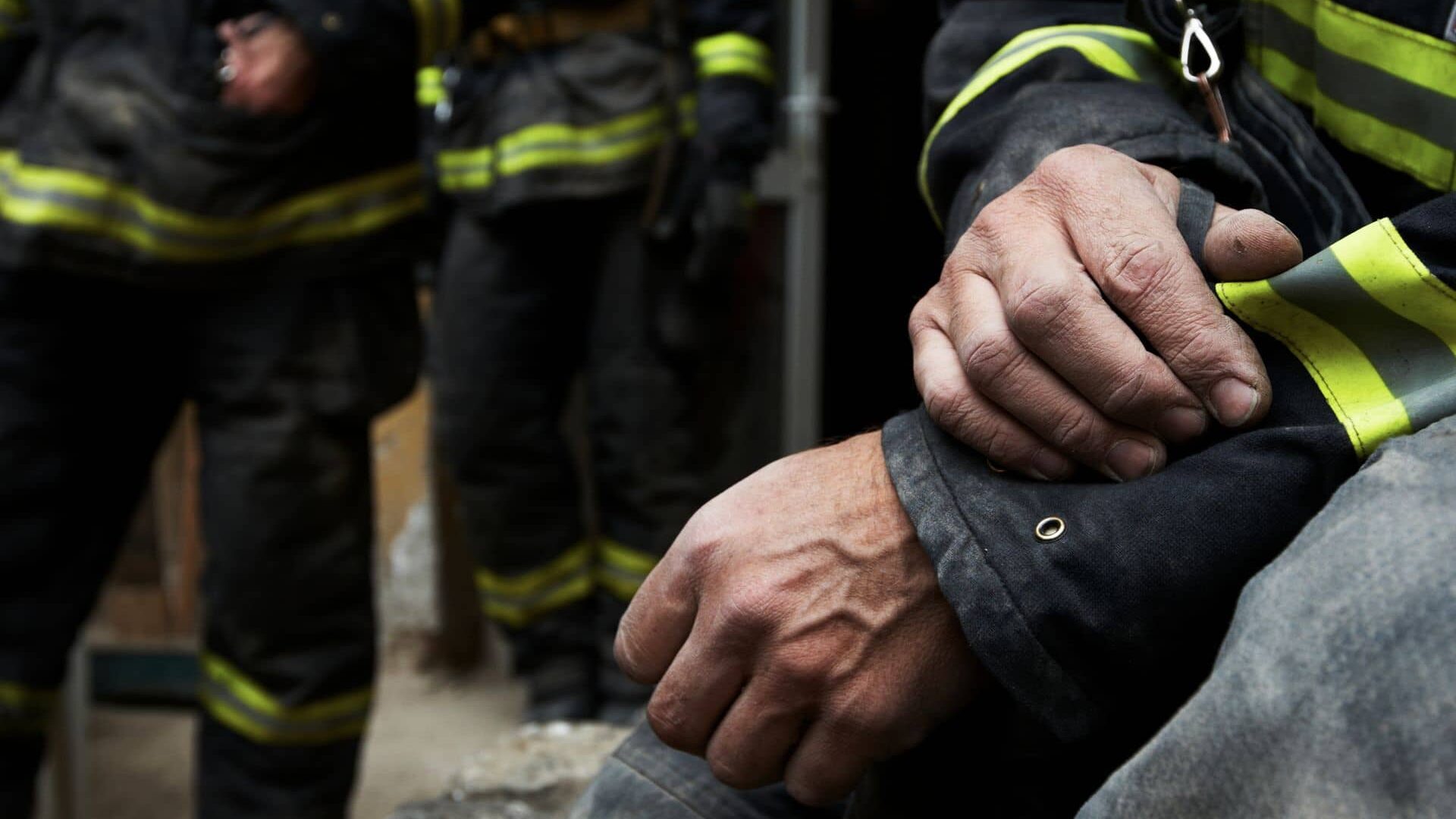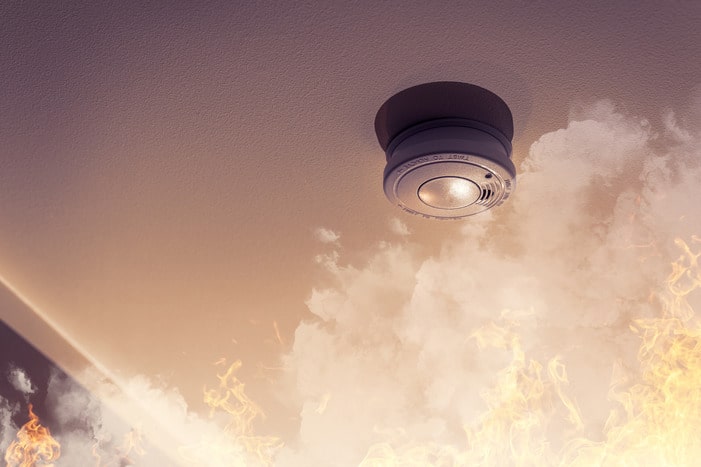Fire and The Weather
When conditions are conducive to extreme fire behavior, fire hazards can become a significant concern. The National Weather Service issues Red Flag Warnings when critical weather patterns or forecasts indicate a high probability of hazardous conditions that could contribute to extreme fire behavior. Local and federal agencies use these warnings as an alert system to take preventative measures against potential flames. Weather watches and warnings should always be taken seriously, as their purpose is to alert people to potential dangers associated with critical weather patterns and conditions on days with a red flag warning.
Recently, extreme wildfires have been occurring due to unseasonable warmth and high temperatures, which have created the ideal conditions for fire weather. These conditions, as well as wind velocities and flammable fuels such as grasses, have a significant impact on fire behavior. The National Weather Service issued a red flag warning last week due to hazardous fire weather conditions, including high wind velocities, unseasonable warmth, and dry fuels. Firefighters must remain vigilant in their efforts to contain any flames that do start during these watch periods.
Daily fire weather is an integral part of a wild-land firefighter’s employment, as it enables them to comprehend the current and upcoming weather conditions that can result in extreme fire behavior. When analyzing daily fire weather, there are four crucial factors to consider: temperature, relative humidity, wind speed and direction, and fuel moisture.
Weather Forecasts and Fires
Weather forecasts aid firefighters in anticipating and planning for potential wildfires by allowing them to foresee how conditions may change over time. The weather seasons can also affect the likelihood of wildfires; for instance, during the dry season, the combination of high temperatures and low relative humidity often increases the risk of wildfires. Additionally, wind velocities in excess of 10 miles per hour during the day can result in rapid fire spread.
The National Weather Service (NWS) provides national Fire Weather Forecast discussions. These discussions are critical for fire managers to comprehend the role weather conditions can have on hazardous fire behavior. The NWS also issues a meteorologist-written Area Forecast Discussion that predicts peril based on fuels, weather, and other factors. Fire Managers use these forecasts to foretell how fires will behave and plan accordingly.
Firefighting professionals, wild-land fire managers, and other stakeholders use global wildfire weather forecasts to anticipate and mitigate the effects of wild-land flames. Fire danger is founded on global geography and danger indices derived from weather warnings such as Red Flag Warnings issued by the National Weather Service. Red Flag Warnings alert fire managers to elevated risks of extreme wildfire activity due to forecasted conditions including low relative humidity, high temperatures and strong winds which could cause a blaze to rapidly spread out of control. Contact us to learn more about fire prevention and fire watch services.





